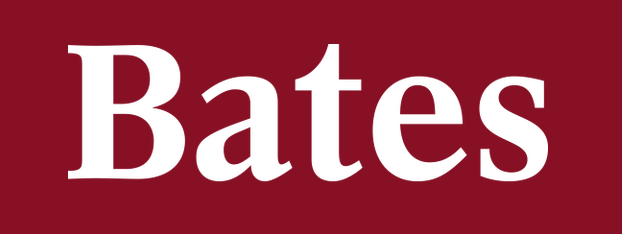Enter a world of golden bodies that whiz and stare, breaching divine grace one moment and repulsive barbary the next. Masked creatures wander into your periphery; animalistic movement and sound pepper the scene. Enter the living dream of Zoe/Juniper’s A Crack in Everything.
The Bates Dance community experienced the evening-length work on July 30 and 31. The ambitious production included original choreography, light design, costume design, sound design, and visual art installation. Getting two artists to work harmoniously toward a single vision is challenging. What then, when the number extends onto two hands? Zoe/Juniper proved cross-discipline collaboration is not only possible, it is worthwhile
A Crack in Everything is not for the faint of heart. Its use of video projection triggers memory and regret. It forces audience members to ask “what if?”. The piece begins with dancers conquering the stage with driving, refined footwork. It takes them into the air and into the floor. In an instant, the real dancers are replaced with shadows of their selves. The projected movers dance with linear speed, cutting above the space like ghosts. It is like stepping into the dancers’ memories. Throughout the remainder of the piece, the audience’s attention fluctuates between projected dancers and real dancers. It mirrors the mind’s transitions between thoughts of the past, experiences of the present, and hopes for the future.
The hour-long piece comes to an arbitrary end, hardly flowing from a defined beginning and middle. In one of the opening episodes, a woman sits downstage and stabs at her hand with pointed energy. Zoe neither preceded nor developed this unsettling theme. Likewise, elegant Schubert arias interject the otherwise contemporary soundscape. The transitions are moving, but the songs simply come and go, as passing moments in time. The lack of arc is frustrating. An audience expects exposition and hopes for conclusion, but A Crack in Everything does not indulge these expectations.
I suspect this disjunct organization was intentional. The piece explored different perceptions of time, zooming from slow motion to real time in an instant. Zoe and her collaborators had the courage and sense to mirror this winding micro-structure in the whole.
-Brianna

